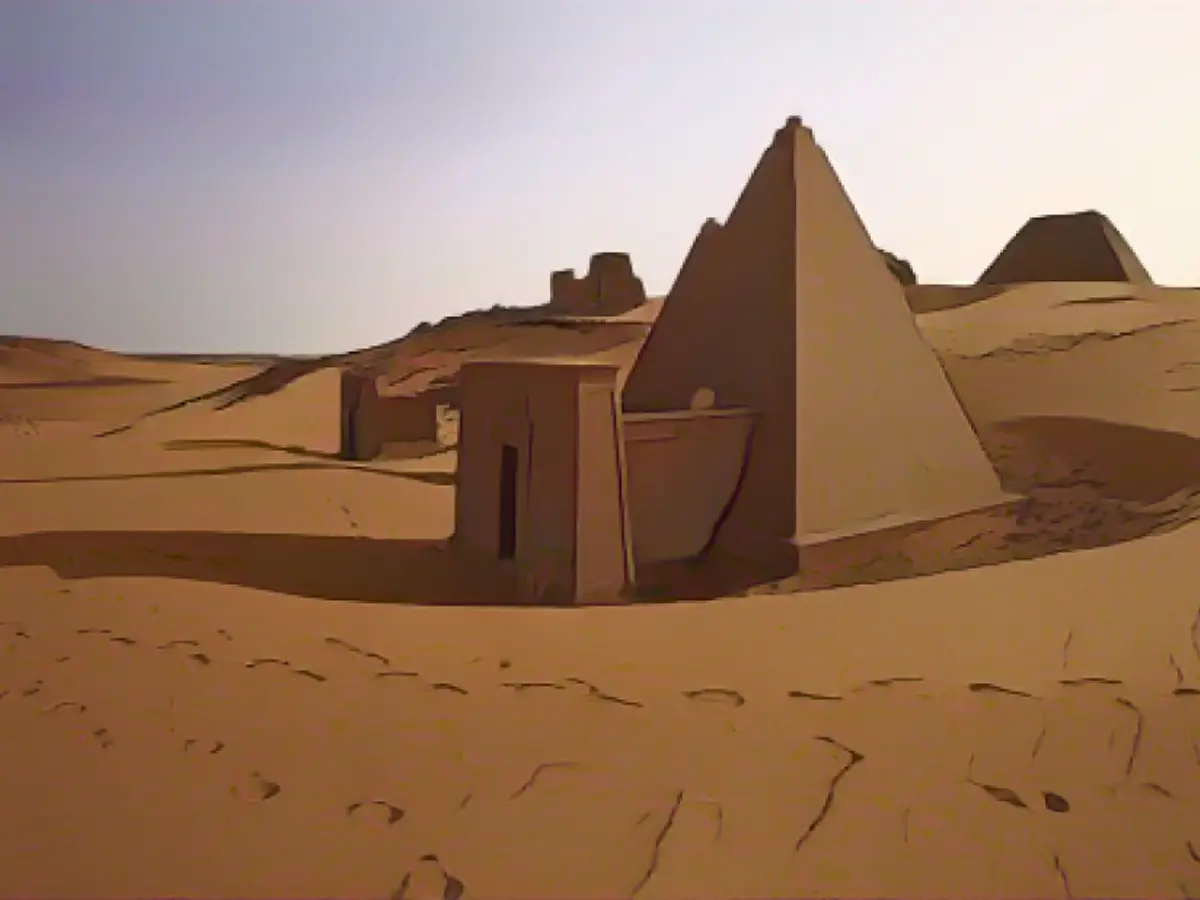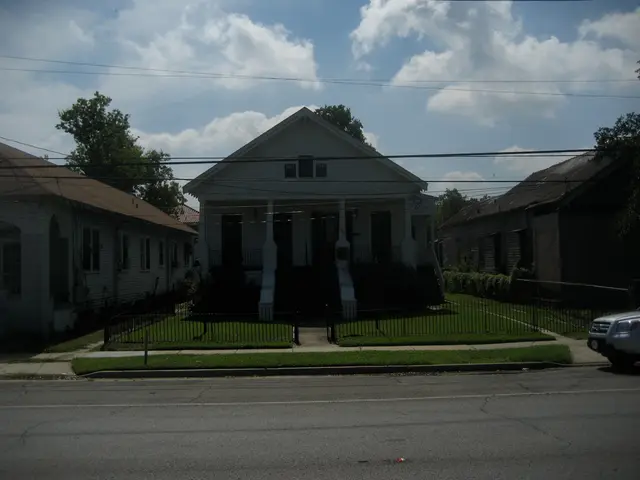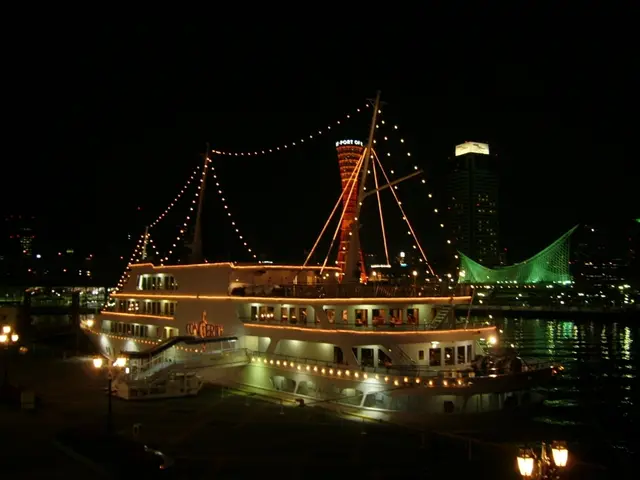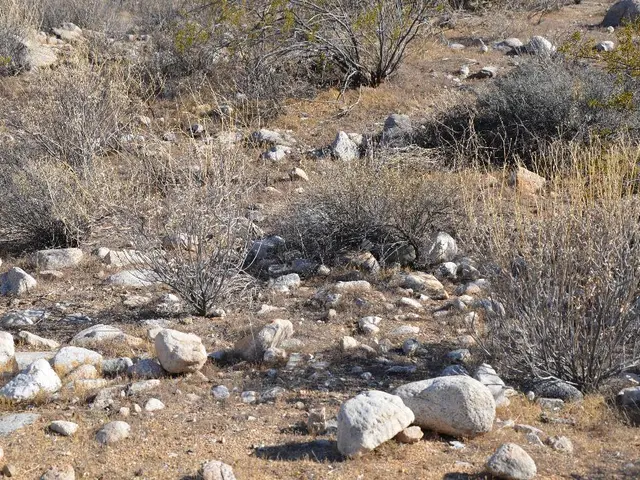Sub-Saharan Africa reaches a significant milestone, boasting 100 UNESCO World Heritage sites, yet the international organization laments the lack of representation for the continent with its enormous population and diverse cultures.
Rwanda, Africa's second-newest World Heritage country, proudly unveils two exceptional sites. The Nyungwe National Park features lush, diverse landscapes from forests to peatbogs and provides a sanctuary for golden monkeys, eastern chimpanzees, and other endemic species. Simultaneously, the Nyamata Memorial Site commemorates the dark chapter in Rwanda's history - the 1994 genocide against Tutsi civilians.
The Bell Mountains National Park in Ethiopia, encompassing the largest Afro-Alpine habitat on the continent, along with the Gideo Cultural Landscape in the Eastern Highlands, joins Ozala-Kokoua Forest National Park in Congo on the World Heritage list. This precious wildlife reserve proffers safari experiences for observing elephants, chimpanzees, and other endemic fauna.
However, this positive news is tempered with the realization that Africa still has a long way to go toward acknowledging its rich heritage. With a human population of 1.2 billion, Africa accounts for less than 10% of listed sites worldwide. Moreover, 11 of the continent's countries, such as Burundi, Comoros, and Somalia, possess more endangered World Heritage sites than any other region.
Currently, just over one thousand World Heritage sites benefit from natural preservation agreements and associated tourism. UNESCO lists 103 of these wonders in its African region, excluding Algeria, Egypt, Libya, Mauretania, Morocco, Sudan, and Tunisia, which collectively boast 42 sites. Africa's regional category includes these Arabic countries.
To qualify for World Heritage status, sites must display "outstanding universal value" and meet at least one of ten criteria - such as showcasing human ingenuity or embodying exceptional natural phenomena. "Why does Africa still lack adequate representation?", queries Lazare Eloundou Assomo, Director of the World Heritage Committee.
He attributes various contributing factors to this situation, including delayed ratification of the 1972 World Heritage Convention in certain countries (e.g., Somalia ratified in 2020) and historical knowledge gaps and capacities deficiencies in some African nations to identify and nominate potential sites.
It's no secret that the nomination process is long and expensive. The UNESCO prescribes a minimum of two years to transition a site from nomination to the World Heritage list, and it may require resources beyond a country's means.
The UNESCO announced "Africa First," a powerful initiative to promote site identification and preservation across the continent. This program endeavors to foster awareness, build capacity, and boost support for African heritage among the regional population.
"This new strategy brings fresh momentum,'' declares Eloundou Assomo, referring to global efforts since 1994 to balance representation on the World Heritage list. "By 2025, we aim to nudge most African nations without World Heritage sites to commence preparation of nomination dossiers," he adds. Eloundou Assomo, a Cameroonian and the first African to hold the post, reminds us that resources and expertise are now more abundant than ever before to conserve and protect cultural heritage sites.
The UNESCO is also collaborating with the African World Heritage Foundation to create a mentorship program for the next generation of heritage professionals. "Our goal is to educate and train young professionals to become tomorrow's experts and managers," explains Eloundou Assomo.
Another aim of this strategy is to reduce the number of African World Heritage sites listed as endangered, due to factors like human conflict, natural disasters, city development, poaching, pollution, and uncontrolled tourism.
Fifteen African sites are deemed endangered by the UNESCO, but the organization aims to cut that number in half by 2029. The bright side is that Uganda's Kasubi Tombs, an 19th-century royal burial site in Kampala, was recently removed from the Endangered List after 13 years of efforts to restore its traditional architecture following a fire in 2010.
"It is of critical importance to support the efforts of African nations (to preserve heritage) in the face of adversities," emphasizes Eloundou Assomo. "World Heritage sites are considered to be the soul of a nation and a community; their destruction means the loss of a particular identity."
"If people protect their heritage, they help to rebuild their own selves ... By understanding their past, they can shape their future," Eloundou Assomo also points out.
Instead of the Pyrzegos Islands, an archipelago off Guinea-Bissau with rich biodiversity and a unique matriarchal society, Eloundou Assomo expresses his hope for a World Heritage site in the future. The archipelago is on its way to becoming the first Guinea-Bissauan World Heritage site. Eloundou Assomo encourages countries to consider carefully the sites they plan to present for UNESCO review.
"You don't need an Eiffel Tower to propose a World Heritage site; there are numerous extraordinary sites worldwide that could potentially make the list," Eloundou Assomo concludes. "It's not just about monumentality – there are numerous sites across the globe that might be worthy of inclusion."
[References] 1. African World Heritage Foundation 2. World Monuments Fund 3. UNESCO Designation Requirements for World Heritage Sites 4. UNESCO Marketing Strategies for World Heritage Sites 5. Digital Twin Heritage Building Project








